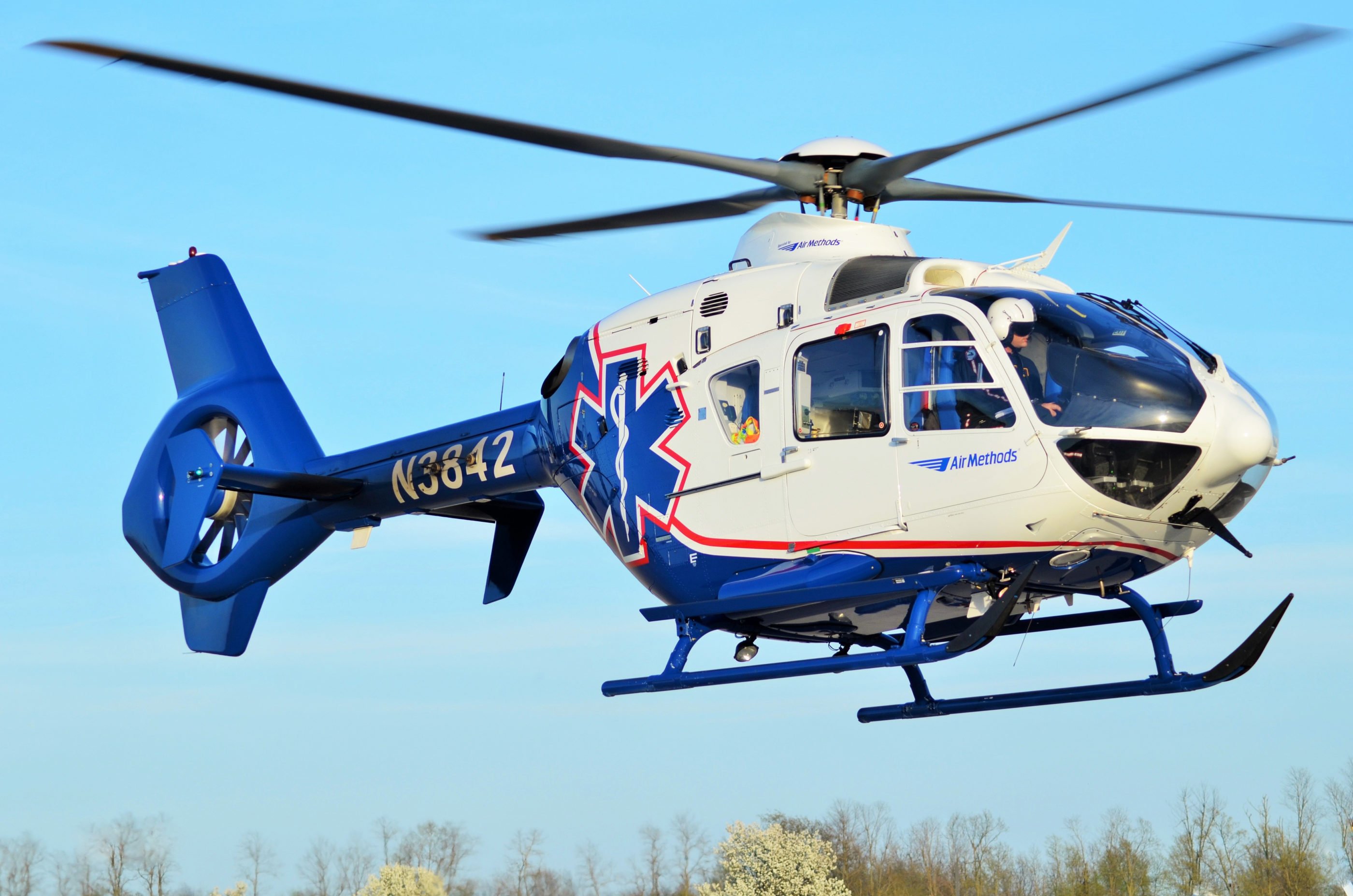The issue of balance billing in the air medical industry continues to be a pressing issue. Patients who receive air transport in the event of a serious accident are subsequently left with thousands of dollars in surprise bills — paying the difference between the medical charges and what an insurance provider covers.
Some air medical operators believe strongly in membership programs to eradicate surprise bills, and others are opposed to that method, looking to other programs that help patients through the post-air medical care process. We spoke to operators on both sides to learn why they chose their particular program, and how those programs could help mitigate the issue of balance billing.
Air Evac Lifeteam, headquartered in O’Fallon, Missouri, has been on board with the membership program model since its inception in 1985. In fact, what initially began as the Air Evac Lifeteam membership program came before the start of the air medical organization itself.
The air medical membership concept was first brought up in the West Plains, Missouri, area in 1982 by a group with the local hospital board, following a tragic car accident where a couple died during a more than 100-mile transport to the nearest trauma center.
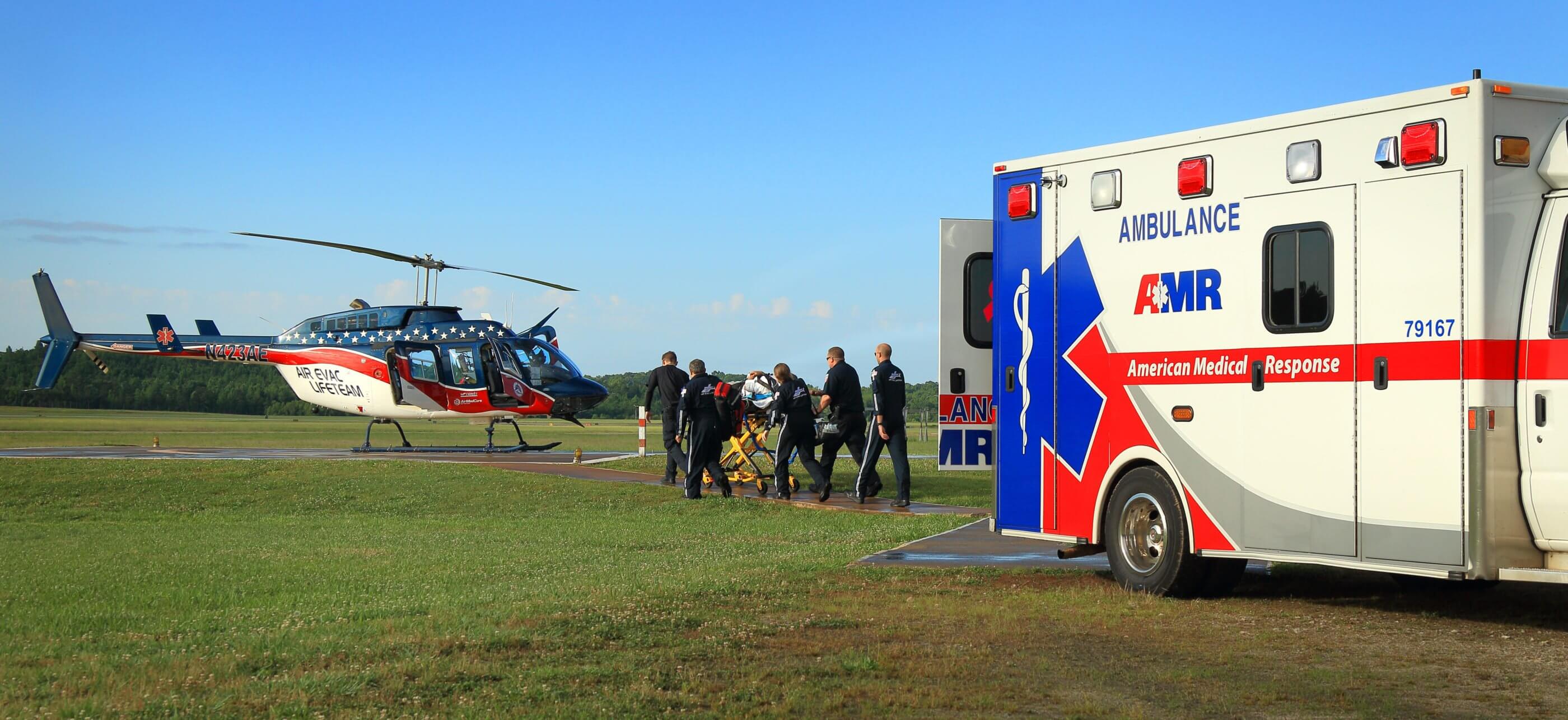
“The group thought it was really a shame, and there had to be a better way,” said Seth Myers, group president, Global Medical Response East. “They literally spent about two-and-a-half years on different business plans, but they could never figure out . . . how they could afford to buy a helicopter, operate it, and pay the staff at the earnings [without] any in-patient revenue.”
A gentleman named Ken Harper learned about foundations in Europe that were using memberships to help fund the organizations. “He said, ‘Maybe the folks out here would want to help fund something that would save their neighbors’, friends’ and families’ lives.’ And they set out to open up the membership program,” said Myers.
In the first three months of implementing the program, they sold 5,000 memberships in the West Plains area alone. Of those original 5,000 members, 800 are still members today after 34 years, said Keith Hovey, vice president of membership at AirMedCare Network.
Now, Air Evac is part of the AirMedCare Network umbrella — which consists of more than 60 helicopter, fixed-wing and ground operators — and participates in the AirMedCare Network membership program. Any person who is signed up to the AirMedCare membership program will be covered for emergency transport in 38 U.S. states, should they ever need/receive it, by any AirMedCare operator.
At $85 per year, per household, there are now more than 3 million people covered by the AirMedCare Network. The membership is prepaid protection against copays, deductibles and any uncovered charges that are denied by payers. “If you’re a member, you have no out-of-pocket expense related to your transport by one of our network providers, and whatever your benefits provider pays will be considered payment in full for the service,” said Hovey.
Air Evac said the major benefit of offering memberships comes down to helping the people. When the program first started in the 1980s, the membership fees were the only way the company could survive financially, Myers told Vertical. “But all of that has changed. . . . Today it really is more about the individual, and the peace of mind for those people,” he said.
The membership program is intended to be prepaid protection against copays and deductibles, Hovey said. “In the climate that is today, it is affected by balance billing, and membership does write off any balance bill as well.”
He added: “Fox News had an article here a while back that said a $1,000 unexpected bill is pretty harmful to about 85 to 90 percent of the population in the United States, simply because it’s unexpected and it’s a fair amount of money. So, to not have to do that when we transport someone who has the membership is why we’re so proud of the membership program.”
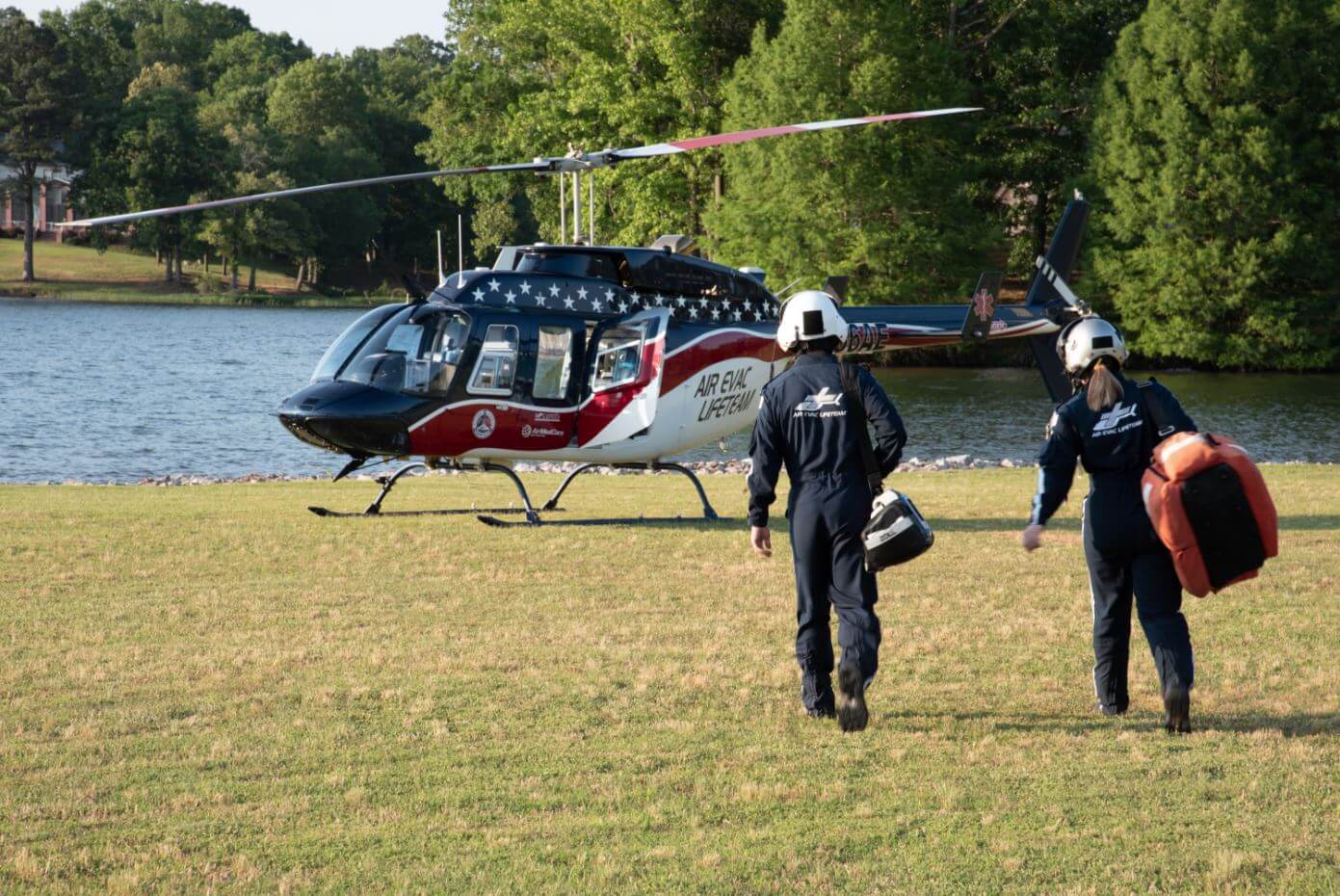
Combined, AirMedCare Network providers operate from roughly 350 bases across 38 states, including Alaska and Hawaii. (Those providers comprise what was previously known as Air Medical Group Holding, which as of Jan. 1 has transitioned to Global Medical Response.) Air Evac in particular operates more than 140 helicopter air ambulance bases across 15 states. The organization is very focused on serving rural America in sparsely populated areas, because “that’s where the people need you the most,” said Myers, recalling the tragic small-town car accident from the early ’80s.
In 2019, Air Evac performed over 40,000 patient transports; on average about 12 percent of the organization’s total flights are members.
In the event of an accident, if someone with a casualty tells emergency response the patient is an AirMedCare member, it is “highly likely” that an AirMedCare provider responds to the call, said Myers. But at the end of the day, the EMS agencies are “going to do the right thing and call the closest [air medical] provider,” he added.
Air Evac operates a large fleet of aircraft: 120 Bell 206 LongRangers, 25 Bell 407s, and three Airbus EC130s. The company recently decommissioned its four Airbus AS350 B2s from its fleet, and is planning to expand its EC130 fleet to eight aircraft by the end of the year.
The contrasting perspective
Air Methods Corporation, headquartered in Greenwood Village, Colorado, recently announced its “No Membership Required” initiative, and officially discontinued selling its Air Methods Advantage membership in April 2019. The company has instead chosen to focus on its patient advocacy program and in-network strategy to help patients navigate the often-confusing insurance process.
Air Methods said it will honor the remaining terms of any memberships that have been paid for, but those memberships will not be renewed once they expire. The company also said it is refunding any membership fees paid by Medicare beneficiaries who were members when the program ended in April.
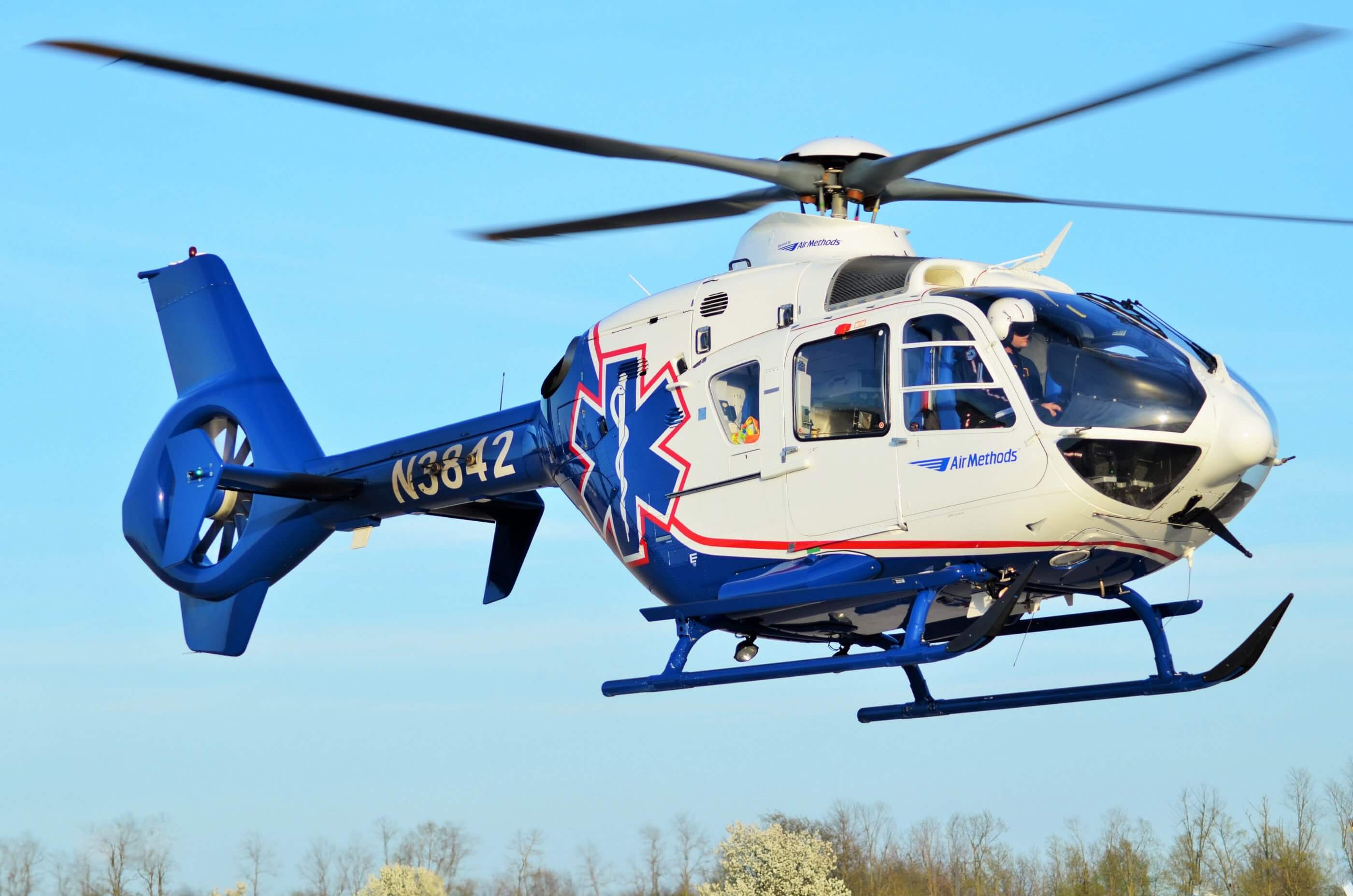
The air medical provider launched its patient advocacy program in 2016, “in an effort to work with our patients better through the billing and insurance process as we help them after a flight with us,” said Dallan Huff, senior vice president of marketing and communications.
With the patient advocacy program, each patient has an assigned patient advocate to help them through the insurance and claims appeals process, and help them to be able to pay what they can afford after receiving air medical care. Air Methods’ in-network strategy with insurance companies — which typically sees insurance cover a negotiated amount of an air medical bill and the patient pay the co-pay or deductible, rather than receiving a balance bill — combined with the success of its patient advocacy program “made memberships, in our opinion, unnecessary,” said Huff.
“The other thing, too, is that historically the way memberships have been sold is through fear, and essentially making people afraid of the large bill that they potentially are going to get,” he added. “There are also times where memberships are sold to people who don’t necessarily need them, like people on Medicaid. So, we felt like there was a better way to do this.”
Moreover, the company’s decision to move away from memberships stems from the belief that a membership should not factor into a decision in an emergency situation.
Huff said EMS agencies “shouldn’t have to take into account whether the patient has a membership when they’re making those calls; they should just call the closest, most appropriate air medical provider. . . . People shouldn’t have to pay a fee and have a membership to be covered. We’d rather cover all the people in the communities that we serve.”
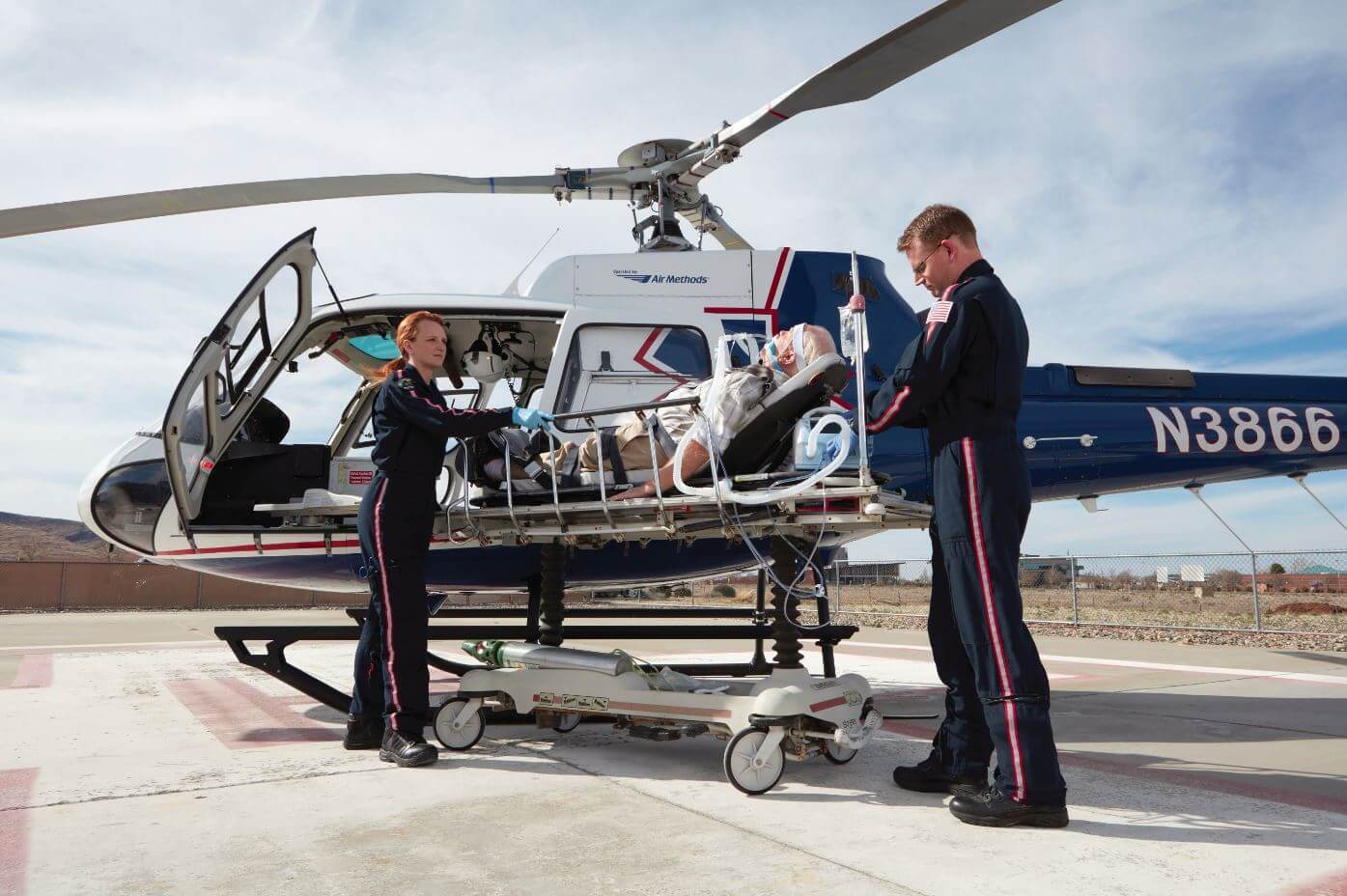
Following its “No Membership Required” announcement, Air Methods promoted the initiative on Twitter, raising concerns about the fine print of memberships. The company linked to an article from National Public Radio, which outlined concerns that private insurance often doesn’t cover the full cost of an air medical trip, and memberships typically don’t include every air ambulance company in an area, so the choice of which service answers a call is beyond the consumer’s control.
Air Methods said after a patient flies with the company, they are assigned a patient advocate. Rather than immediately receiving a bill, the patent receives communication from the patient advocate that walks them through the process of what happens next. If the patent has insurance, their insurance company is then billed. And if the patient is uninsured, the patient advocate helps them fill out Air Methods’ financial assistance form for its financial assistance program.
“We’re trying to take the patient out of the middle as much as possible through either patient advocacy or the in-network process,” said Huff.
The average out-of-pocket cost for Air Methods patients who are covered for air medical services without a membership is a few hundred dollars, including co pays and deductibles, said Huff.
The company is focusing heavily on increasing its in-network agreements with insurance companies; at the beginning of 2019, roughly 25 percent of Air Methods’ privately insured patients were in-network, and by the end of 2019, that number grew to 40 percent.
“We believe going in-network with insurance companies, along with our patient advocacy program is, in a lot of ways, the solution to patients being left with balance bills,” Huff told Vertical. “We’re really focusing in on those two things. We will go in-network with any insurance company that is willing to talk with us.”
With over 4,500 team members, more than 300 bases and a fleet of 400 aircraft, Air Methods serves 48 U.S. states, averaging about 70,000 flights per year.





